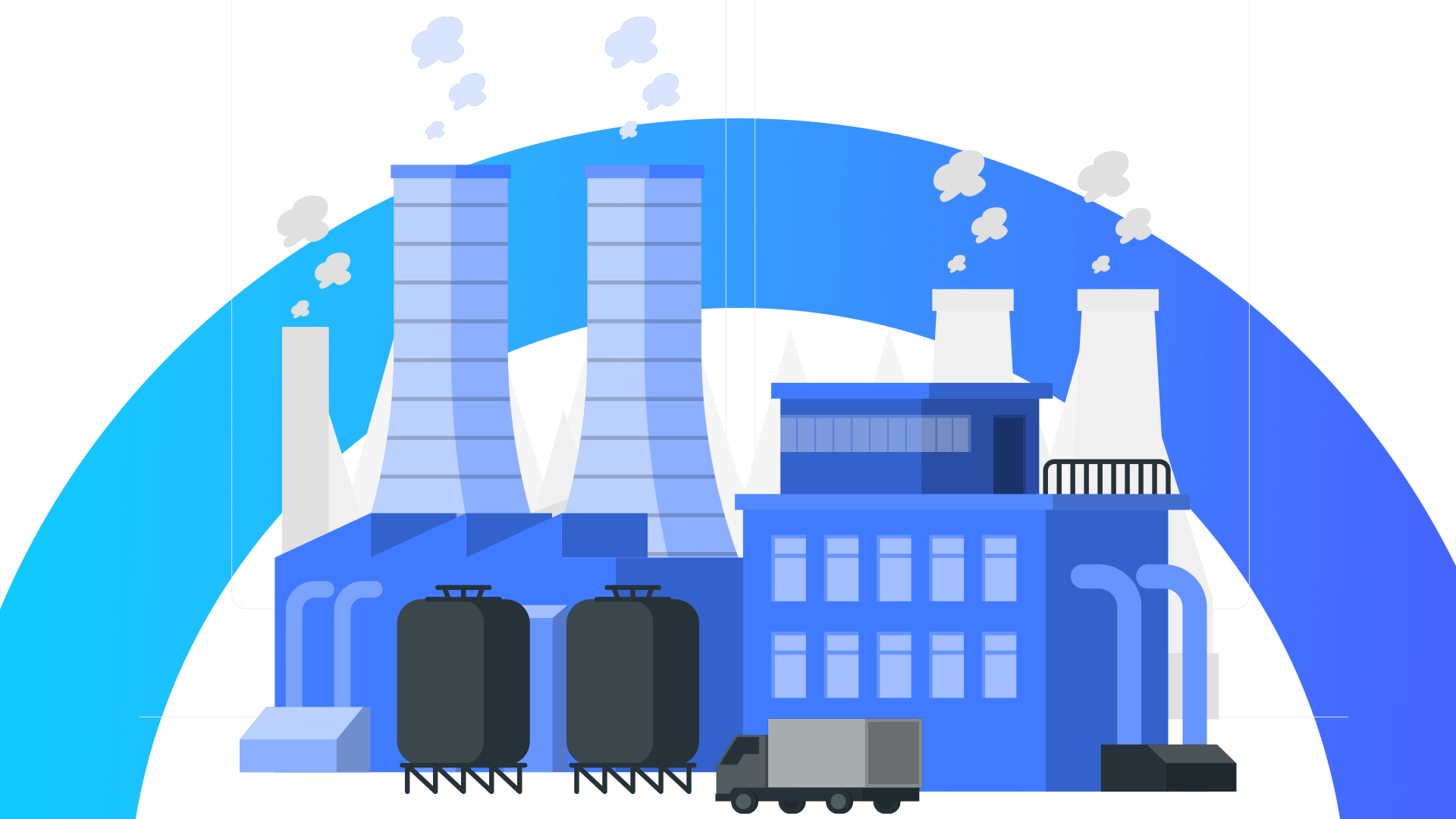Oil and gas firms sit on a mountain of data—but few use it well. Discover how energy data analytics turns complexity into clarity, and decisions into action.
Introduction
There is no shortage of data in oil and gas. From field sensors to refinery control systems, vast volumes of information are generated every second. But the problem has never been about access. The real challenge has always been what to do with that data. And increasingly, the answer lies in energy data analytics.
At its core, energy data analytics is the discipline of turning raw, unstructured data into usable insights. It allows operators to make informed decisions that are grounded in what’s actually happening on the ground, not just what’s expected to happen. That shift, from assumption to insight, is quietly transforming how energy businesses think, act, and invest.
Companies are using data to reduce guesswork and increase visibility

Energy operations have always carried high risk and high cost. Whether you’re drilling offshore or maintaining distribution infrastructure across hundreds of miles, every decision counts. What’s changing now is how those decisions get made.
By applying energy data analytics to exploration, companies can significantly improve how they model underground reserves. Instead of relying only on historical well logs or geological intuition, they can now use predictive models that consider a broader range of data inputs, such as seismic activity, pressure readings, real-time drill performance. This not only raises the success rate of drilling programs but also reduces costly exploratory missteps.
At the production level, operators are leveraging live data to move beyond reactive maintenance. Instead of waiting for a pump or compressor to fail, sensors feed continuous data into analytics systems that can detect anomalies early. This makes it easier to schedule targeted interventions and avoid full equipment shutdowns. The result is fewer delays, less downtime, and more predictable output.
Analytics is helping refineries and midstream players operate smarter
In refining, energy costs represent one of the largest operational expenses. Energy data analytics plays a key role in helping plants identify inefficiencies that previously went unnoticed. For example, thermal mapping combined with live energy consumption data can expose equipment that is underperforming or over-consuming energy without delivering proportional value.
Rather than relying on periodic audits or operator intuition, teams can now monitor asset performance with precision. With these insights, adjustments can be made in real-time, optimizing fuel mix, compressor load balancing, or heater efficiency. Not only does this improve margins, but it also has implications for emissions and compliance.
The same thinking applies to pipelines and distribution systems. With sensors placed along key points in the network, companies are applying data models to predict pressure drops or detect leakages before they become catastrophic. The scale and remote nature of these assets used to make real-time monitoring impractical. That is no longer the case.
The right data platform makes all the difference
Of course, collecting data is one thing. Organizing it into something usable is something else entirely. This is where most energy businesses have historically struggled. Disparate systems, outdated SCADA architecture, and siloed departments have kept valuable data locked away from those who need it.
This is also where the technology behind platforms like OmniConnectTM is quietly reshaping the game. Built specifically for energy-intensive operations, OmniConnectTM helps companies pull together data from various sources, whether it’s a refinery’s control system, a remote well’s flowmeter, or a legacy ERP platform. More importantly, it makes that data usable across teams. Analysts, field engineers, and executive decision-makers can all view consistent information, in near real-time, through a single, unified interface.
Because OmniConnectTM is cloud-native and integration-friendly, it doesn’t require ripping out existing systems. It builds on them, creating a secure and scalable foundation for energy data analytics without introducing more complexity. And this flexibility matters, especially in operations where time, uptime, and data accuracy directly impact profitability.
Analytics is driving measurable outcomes, not just insights
The benefits of energy data analytics are no longer theoretical. They’re showing up on balance sheets, production dashboards, and sustainability reports.
One of the most immediate gains is operational efficiency. By streamlining how decisions are made, from procurement to production scheduling, companies can eliminate unnecessary costs and delays. Predictive maintenance extends asset lifecycles. Energy optimization improves yield without increasing inputs. Even small changes, when multiplied across large operations, create measurable ROI.
Analytics also helps in managing compliance. With more attention on emissions and environmental risk, having a clear picture of your energy footprint isn’t just smart, it’s essential. Automated reporting and real-time alerts help teams meet regulatory standards without scrambling at quarter’s end.
Finally, energy data analytics empowers better investment decisions. Whether it’s upgrading equipment, launching a new drilling campaign, or expanding a facility, decisions based on real-world performance data are more defensible and far less risky.
A turning point for energy decision-making
The energy sector is no stranger to volatility. Fluctuating prices, shifting regulations, and increasing pressure to decarbonize have created a difficult operating environment. But the companies that succeed in this new era won’t necessarily be the biggest or the most established. They will be the ones that move fastest, from information to action.
Energy data analytics is not a trend. It’s an inflection point. It allows oil and gas businesses to shift from operating reactively to managing proactively. It gives teams the visibility they need to make smarter calls, and the tools to back those calls with data. And as the volume and complexity of data grow, solutions like OmniConnectTM will become even more vital. They don’t just manage the technical load, they give teams clarity, agility, and a competitive edge.
If oil and gas companies are serious about resilience and performance, they’ll need to get serious about energy data analytics too. Because decisions can no longer wait, and guesswork is no longer good enough.
To learn more, talk to our experts.




